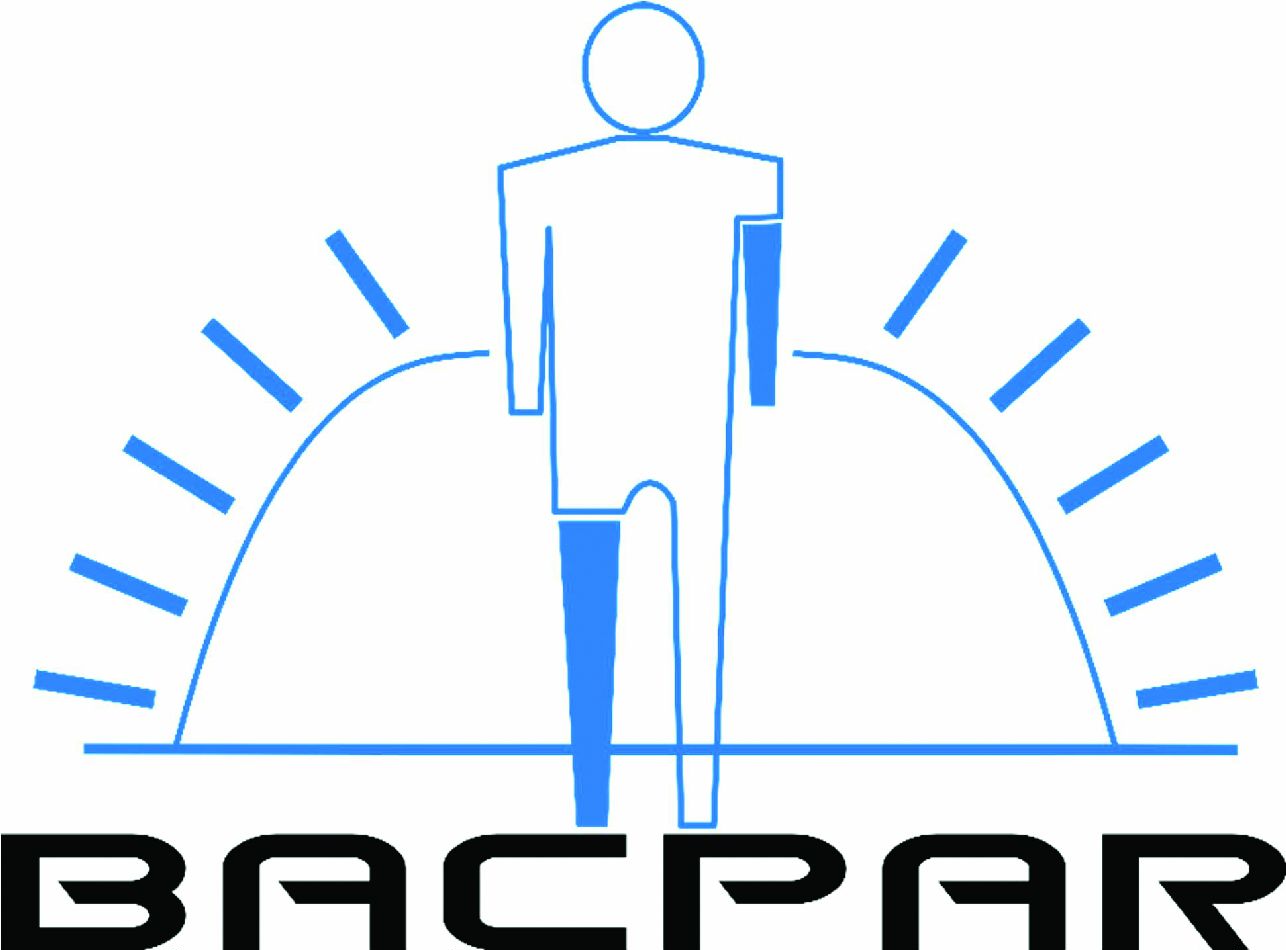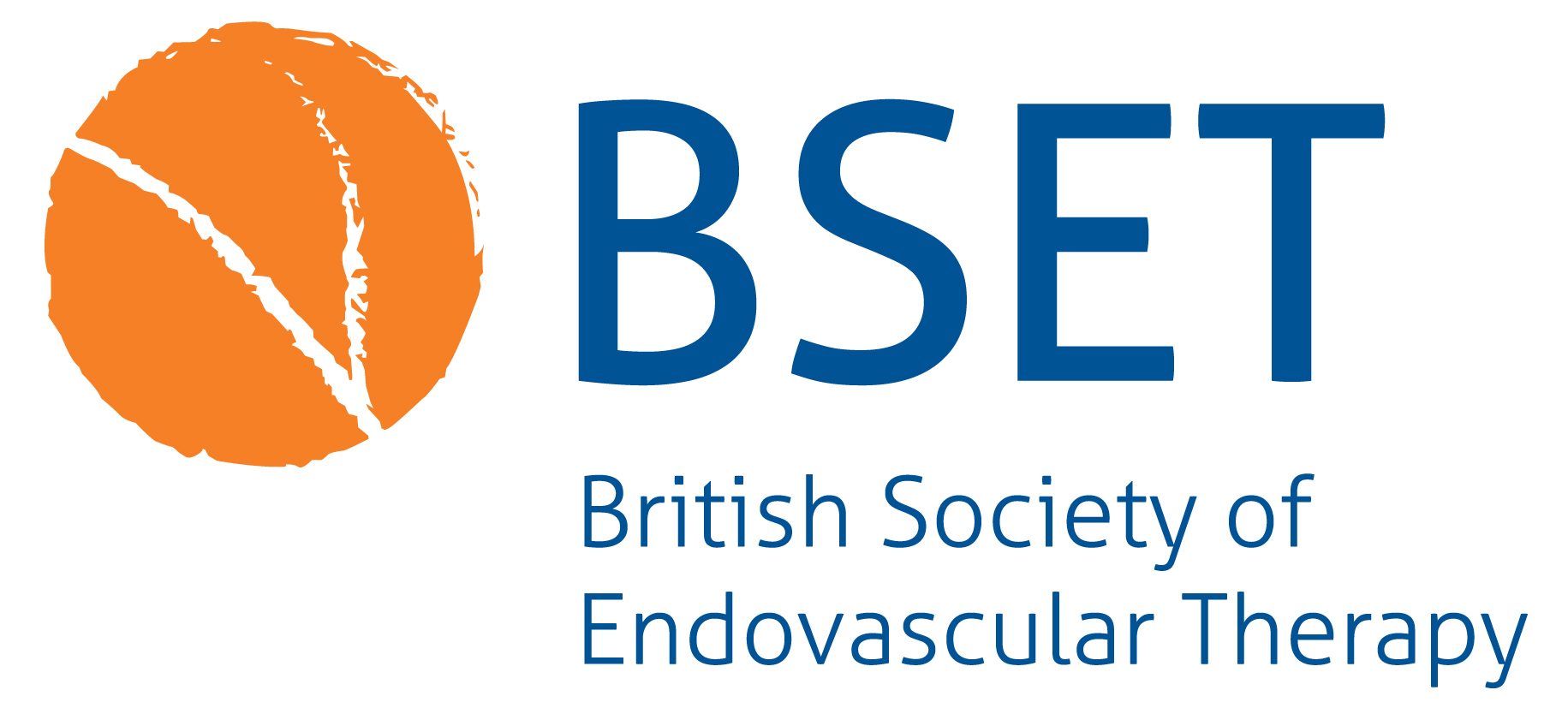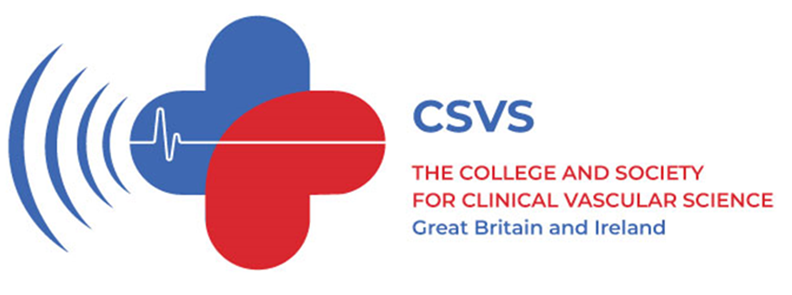Systematic Review
Home-based high intensity interval training in patients with intermittent claudication: a systematic review protocol
Introduction and rationale Peripheral arterial disease (PAD) is caused by atherosclerosis of the arteries supplying the lower limbs, limiting blood flow to the legs.1 PAD is estimated to affect more than 237 million people worldwide and its prevalence is increasing.2 Intermittent claudication (IC) is the classical symptom of PAD, and is characterised by a reproducible…
Read MoreChanges in functional health status following open abdominal aortic aneurysm repair and the role of exercise-based rehabilitation: a systematic review
Introduction Patients with abdominal aortic aneurysms (AAA) are usually older adults with widespread atherosclerosis and considerable cardiovascular risk factors.1–3 As a result, open surgical repair is associated with significant perioperative morbidity which may require a prolonged inpatient or intensive care stay.4,5 The associated metabolic and cardiopulmonary challenges may have substantial resultant consequences on functional status…
Read More










